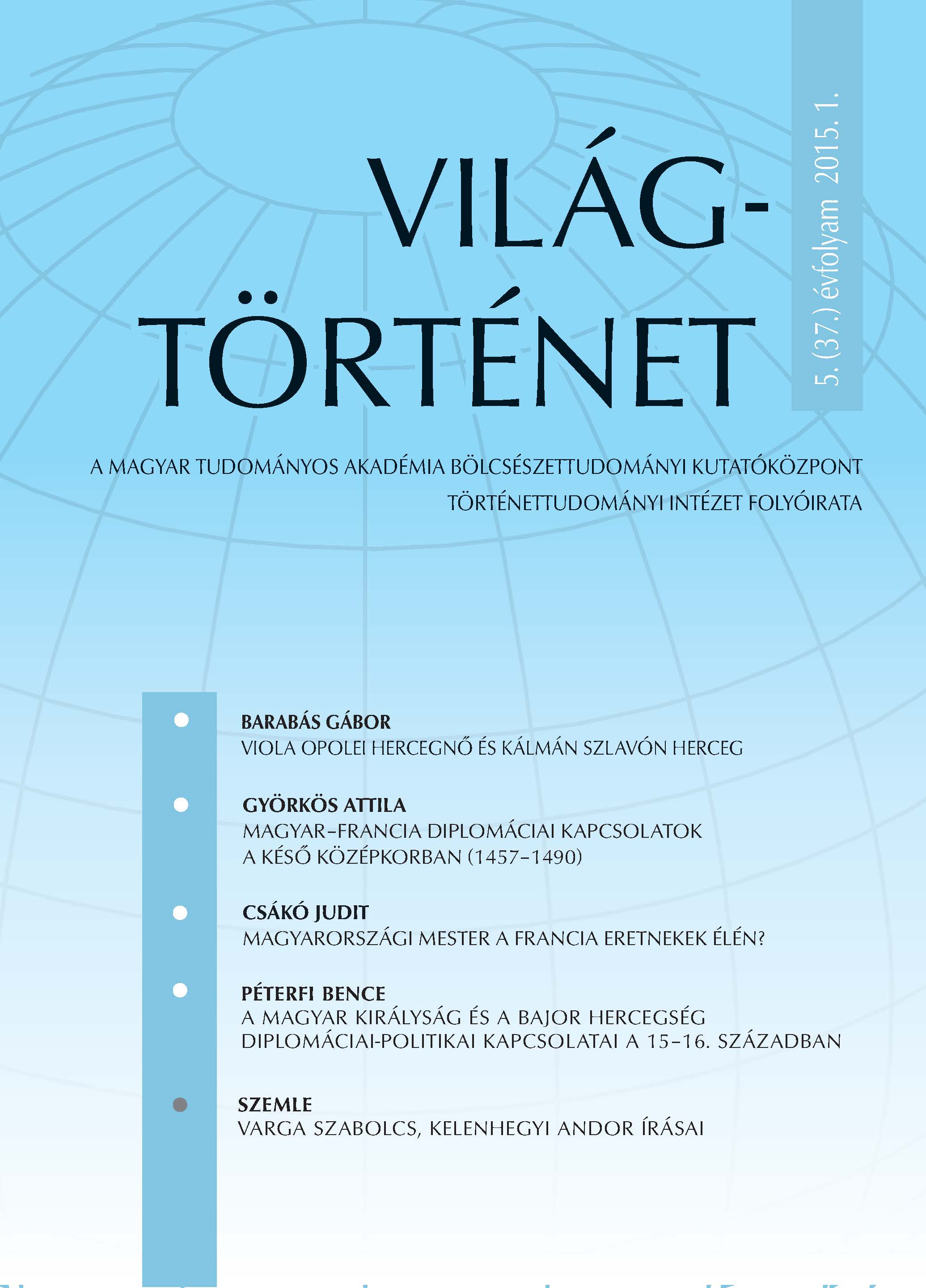Kutyafejűek és marhalábúak. 13. századi mongol kifejezések a Historia Tartarorumban
The Dog-headed, Cow-footed Men. Mongolian Words in the Historia Tartarorum
Author(s): Dorottya UhrinSubject(s): 13th to 14th Centuries
Published by: Magyar Tudományos Akadémia Bölcsészettudományi Kutatóközpont Történettudományi Intézet
Keywords: Historia Tartarorum; Tartar Relation; Caprini de Bridia; tribe-descriptions
Summary/Abstract: This essay aims to introduce and analyse a less known source called Historia Tartarorum (in English Tartar Relation) written by C. de Bridia, a Franciscan friar, in July 1247. This text based on Carpini’s work. According to Carpini, the new source is important because its text contains some tribal names in Mongolian language. This is remarkable because it might shed some light on the Mongolian pronunciation in the 13th century. The source writes about the dog-tribe and the dog-headed, cow-footed men. It should be noted that these descriptions located these weird tribes to the edges of the known world. Based on the analysed caputs it can be concluded these tribe-descriptions were not just part of the European imagination, but they were spread across the word. Although the idea of the dog-headed men origins from the Antiquity, probably these ideas existed among the Mongols as well as we saw in the description of Bridia who gave the name of this tribe correctly in Mongolian language. Probably the origins of these imaginations were the dog ancestors of nomads, an image that spread in Europe through Herodotus. The Chinese had direct connection with the nomads so they may have known about their myths. However they got to know a distorted version in which the humans had dog-heads or the humans have the forms of dogs. Maybe the Mongols heard back this wide-spread myth and that is the reason why the Altan Tobči writes about the Land of the Dogs.
Journal: Világtörténet
- Issue Year: 2015
- Issue No: 1
- Page Range: 43-59
- Page Count: 17
- Language: Hungarian

